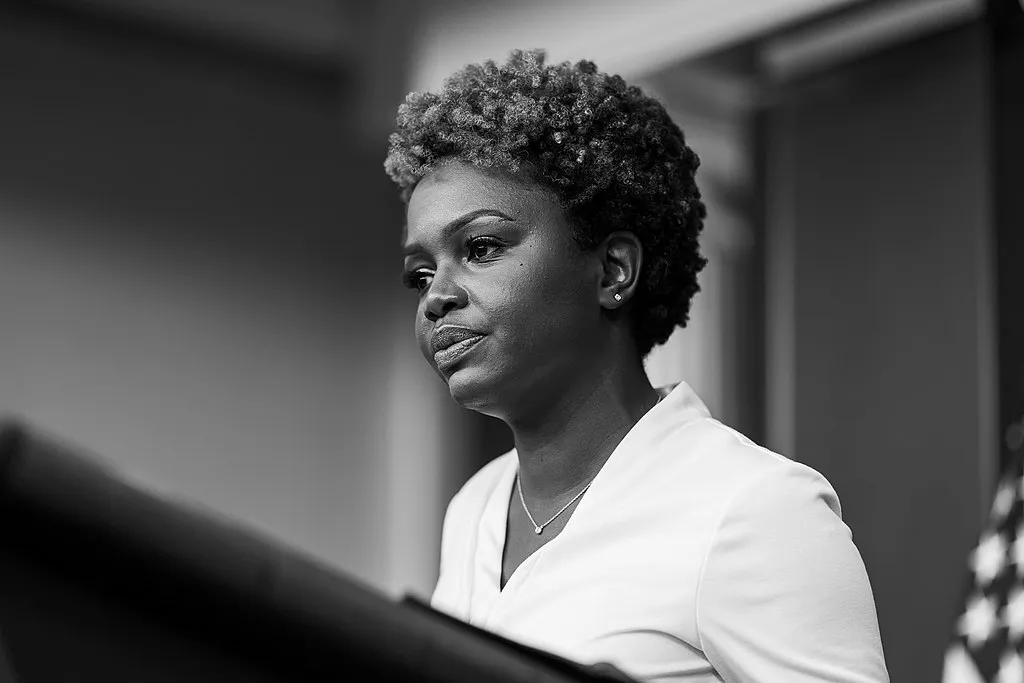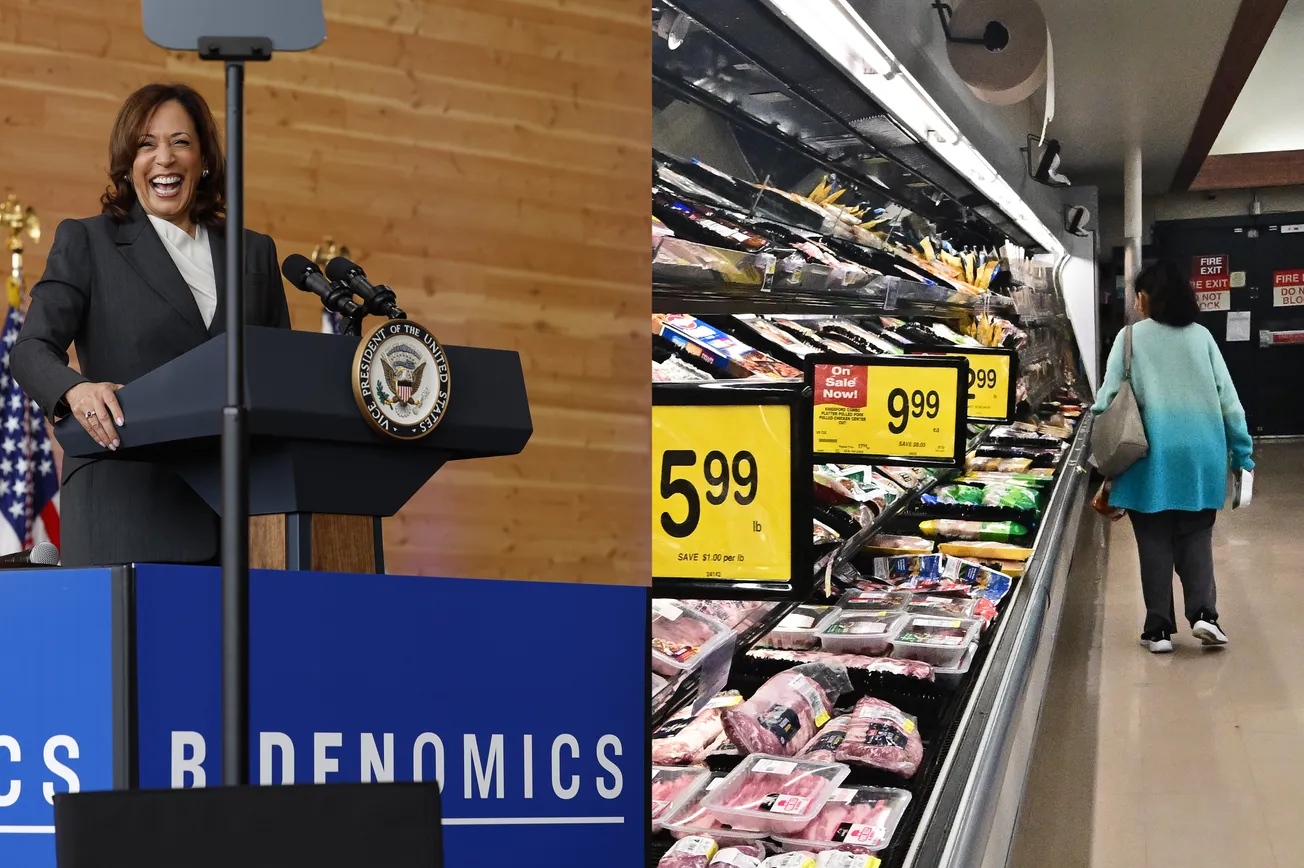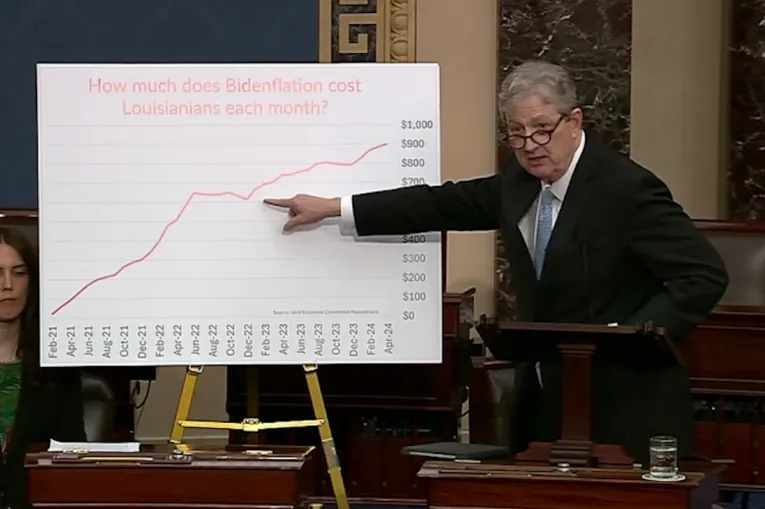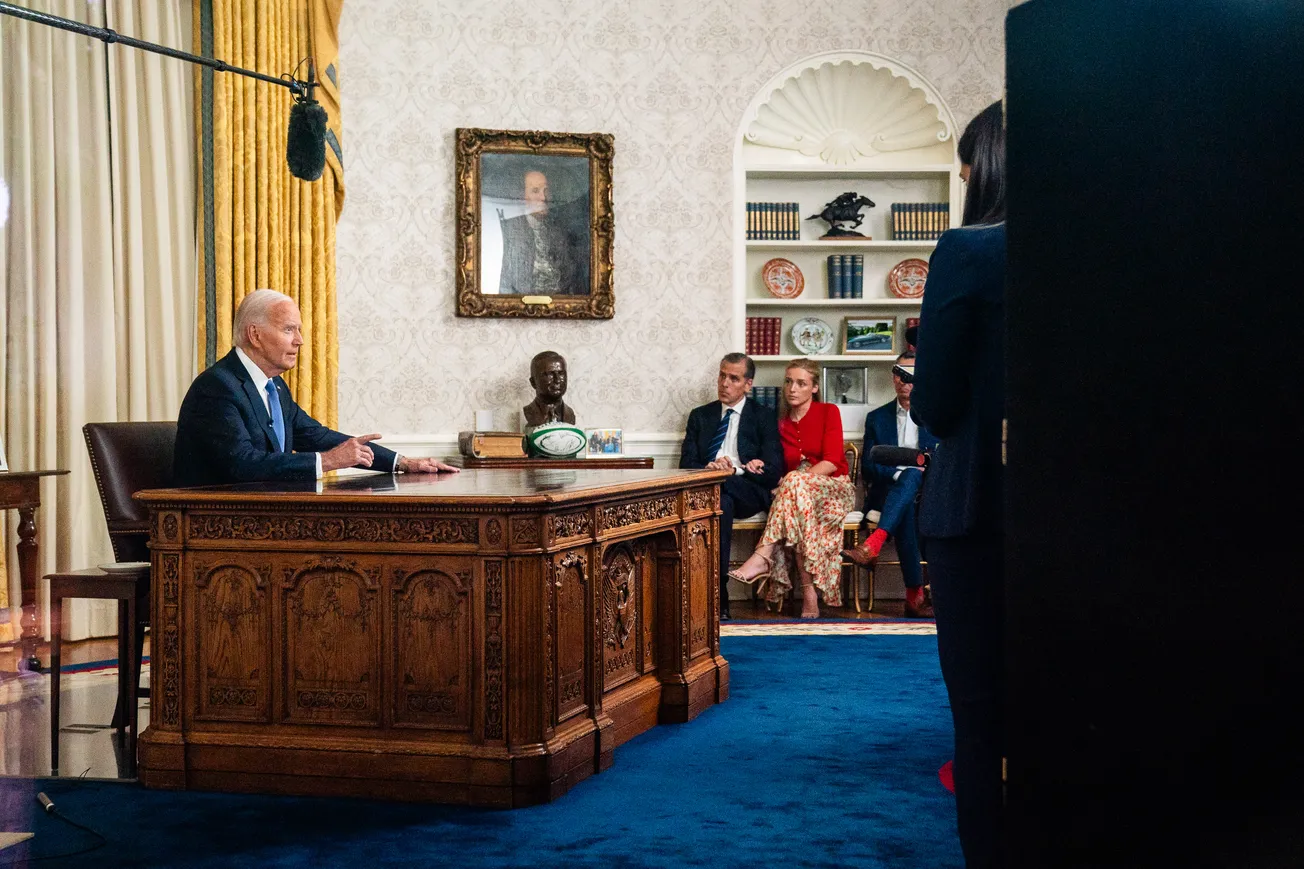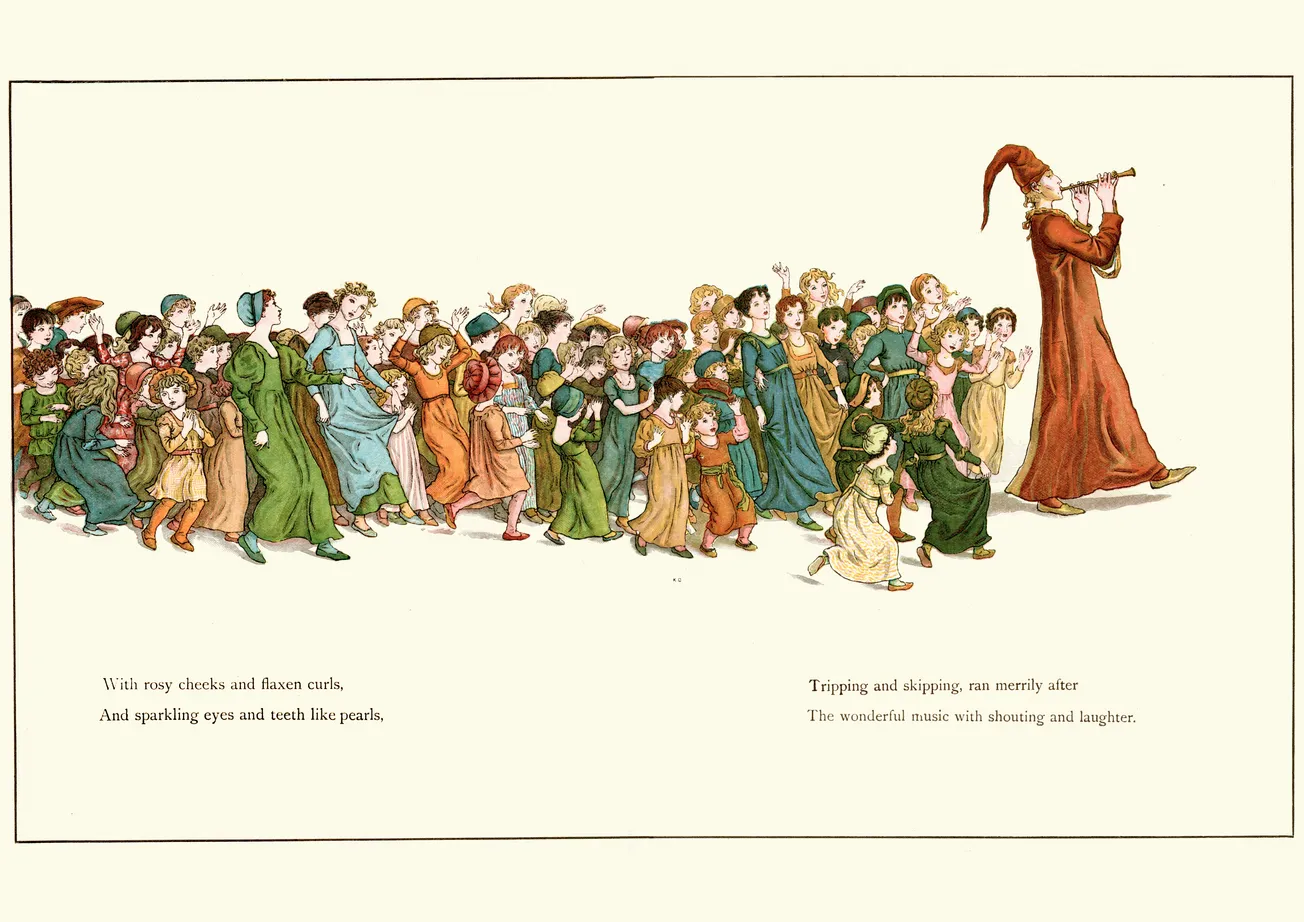So many people, I suspect, agree with the White House press secretary, Karine Jean-Pierre, who seems to expect that inflation has peaked, and that it’s now on the way down and our troubles are virtually over. “We expect the headline number, which includes gas and food, to be highly elevated, mainly because gas prices were so elevated in June,” she said. “June CPI data is already out of date because energy prices have come down substantially this month and are expected to fall further.”
If you think that way, I beg to differ. While it’s quite true oil and gasoline, and food, are the most visible price spikes, it’s also a fact that prices are rising across the board. It’s not just food and energy — and this across-the-board price hike may well be getting worse, not easier to deal with.
A useful chart from my old friend and colleague Robert Sinche shows that broad inflation measures called “trimmed-mean CPIs,” from the Cleveland Fed and the Dallas Fed, are actually increasing, not decreasing. These trimmed-mean measures exclude the largest and smallest price changes, in effect measuring the middle 80 percent of price change movement. So, they’re actually broader than just food and energy. They’ve been rising steeply: Dallas going to 4 percent from less than 2 percent, and Cleveland shooting all the way up 7 percent.
So let that be a warning: The current inflation cycle is broad, widespread, and likely accelerating.
Also, many people are talking about the recent slump in commodity prices, which do filter into the wholesale price index, and also signal inflation expectations and the real value of the dollar. True enough, the dollar has gone up and commodities have slowed down.
The commodity index slowdown really looks like a dip, though, not a major drop. Over the past month or so, the CRB futures is down 12 percent, but year-to-year it's +36 percent. By the way, back to mid- or late 2020, CRB futures are up almost three-fold. The Goldman Sachs index is off 11 percent over the past month or so, but it’s up 44 percent year-on-year. These are broad indexes: precious metals, energy, industrials, agriculture, and so forth. The M2 Money supply has fallen quite a bit, from a 27 percent year-on-year all the way down to 6 percent. But monetary lags are long and variable, and the filtering through of the commodity dip and the M2 drop may not appear until 2023 and 2024.
So, caveat emptor. I still see a lot of people in the soft-landing camp, especially after Friday’s 300k jump in NFP. Yes, I think that was a solid number.
Yet household employment fell 315,000, and it’s dropped two of the last three months. That’s why participation rates have slipped. I don’t want to be the kill-joy, but just saying the facts are a little less exuberant than some would have us believe.
Real income has fallen 3.3 percent over the past year, as big inflation has knocked down higher wages, and real retail sales have fallen 0.5 percent over the past year as higher wages are buying fewer goods. GDP did drop 1.6 percent officially in Q1. My personal view is we’re on the front end of recession. The Atlanta Fed has it -1.2 percent so far in Q2.
Another dashboard indicator: The NY Fed’s survey of consumer spending shows that inflation expectations have become embedded in the economy. One year ahead, inflation is 6.8 percent, a new high. Three years ahead, 3.6 percent. Five years ahead, 2.8 percent.
Remember, every one of those readings — along with the actual CPI and PPI, and the Dallas and Cleveland trimmed-mean price indexes — every one of these is well above the Fed's 2% inflation target. So I would argue, this is going to be a long and difficult struggle to bring inflation down.
Also, we don't know if gasoline prices will keep falling, since there’s a shortage. Ditto for oil prices. We just don’t know.
Finally, the Democrats are trying to put together a trillion-dollar reconciliation bill, and might well raise taxes more than a trillion. We don't know all the details yet, but we know they’re cooking up “Build Back Smaller,” and we also know more spending will steepen inflation and higher taxes will deepen recession. The Joint Tax Committee just scored the Senate Democrats’ tax hike, and shows that everybody across the board will get higher taxes.
Most especially, the middle class will suffer. And higher taxes on small-business passthroughs, large corporations, foreign corporations, and the wealthy will all damage incentives on the supply side of the economy. Exactly the wrong policy. No wonder a recent poll shows that 93 percent of working age Americans say the economy is either poor or fair.
That’s the most agreement by the most Americans I’ve seen since Ronald Reagan was elected president in 1984. Listen to America. No tax and spend and regulate anymore. Save America. Kill the bill.
Larry Kudlow was the Director of the National Economic Council under President Trump 2018-2021. His Fox Business show "Kudlow" airs at 4 p.m &. radio show airs on 770 ABC from 10:00 a.m. to 1:00 p.m.

